The history of our school goes back to almost 100 years ago.
Yone Watanabe, founder of Watanabe Gakuen Educational Institution was a Primary school teacher when she lost her husband at the age of 37.
Yone was always occupied by the thought “Education for the children should start earlier than Primary school age.” She believed in the importance of Early Childhood Education. It is the critical phase to build the foundation for children’s personality for the rest of their life.
After the loss of her husband, Yone came back to her home town Gifu, started gathering the young children in the neighborhood.
Parents were happy that their children had the place to go so that they can focus on their work, but not many people took it as “children are receiving education”, it was more like just a “child care”.
People were still not used to the idea to pay the money for children’s education. As the matter of fact, every family was too poor. Parents brought vegetables, eggs, their produce of farming as their means to pay for education.
Kaoru Aoyama who took over the Principal role later, was teaching psychology at local grammar school. He looks back the time when he visited Yone’s school with his students. At that time, early childhood education philosophy was starting to be introduced from Europe, such as Flobel, Piaget, but Nagara Kindergarten was indeed the first model school where he could see the actual education practice.
Naokichi, the younger brother of Yone, had 7 children and had textile factory. But unfortunately, his business went bankrupt, so Yone had to sell the land she owned for the school for the most part to make up for the debt of her brother.
Yone didn’t have children to take over her Kindergarten, so Hisao, who was the second son of Naokichi, was adapted to Yone Watanabe, Hisao changed his family name from Ebina to Watanabe. Hisao was a high school P.E. teacher at that time.
At the time Hisao took over the school, 1960’ 1970’, there was a huge increase in the young children’s population and early childhood education became more of the standard for the people. School got busier, but it was still struggling financially. Therefore, all the Ebina family members had to work for school. Hisao’s mother served as a school cook until she passed away at the age of 84.
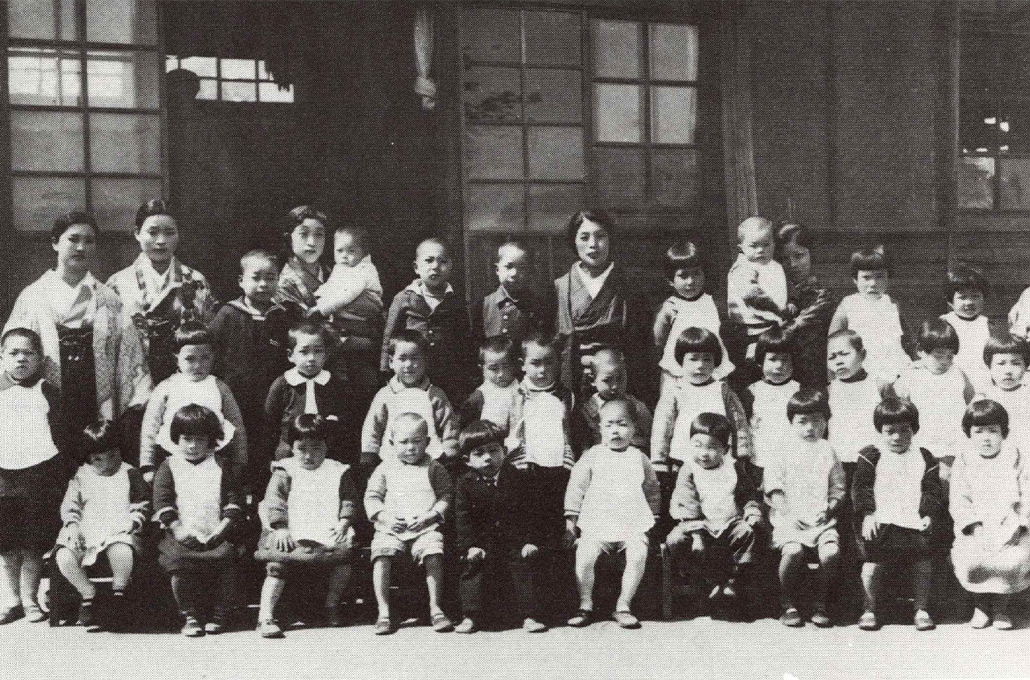
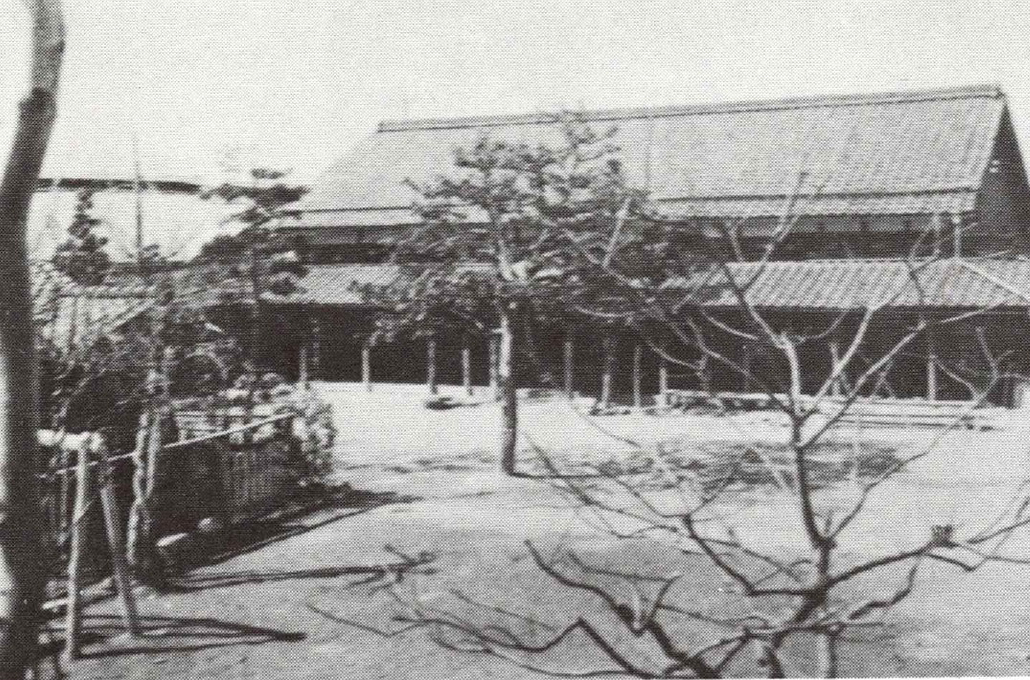
Hisao opened Nagara 2nd Kindergarten in Iwai area in 1972. At one point, there were over 400 students, but Iwai area was quite rural and there opened many other schools not far from where they were, competition as a business became harder.
In the year 2000, Hisao’s son Hisayuki came back to Japan after completing his study in Berlin Germany. While Hisayuki already had a job offer in the field of finance, but he makes up his mind to take over the school, facing the passing of his grandmother who dedicated her whole life to the school as a cook.
Hisayuki thought of the importance creating something special as an educational content, which people find it enough attractive to send children from distant area. Hisayuki decided to start the team teaching of one Japanese teacher and one English native speaker.
He also renamed Nagara 2nd Kindergarten as Sunnyside International School.
With the increasing demand of English education, number of students again increased, but Hisayuki wasn’t content with the old style of curriculum as well as the educational quality as a whole.
In 2012, Hisayuki took a trip abroad to search for new inspirations where he meets IB education. It didn’t take long to make up his mind to challenge becoming the first IB-PYP school as a Japanese school. It was the challenge to transform Japanese conventional education style from “teacher-led” to “student-centred”.
It was an easy path to become an IB authorized school. In fact, almost half of the students left so soon as Hisayuki announced the transition to an IB school. It was simply to “unknown” for the local people in Gifu, not many people could see the purpose of it.
In 2016, Sunnyside International School has become the first PYP school in Japan. In the same year, Hisayuki decides to open a “Primary department” using the vacant kindergarten classroom with 8 students.
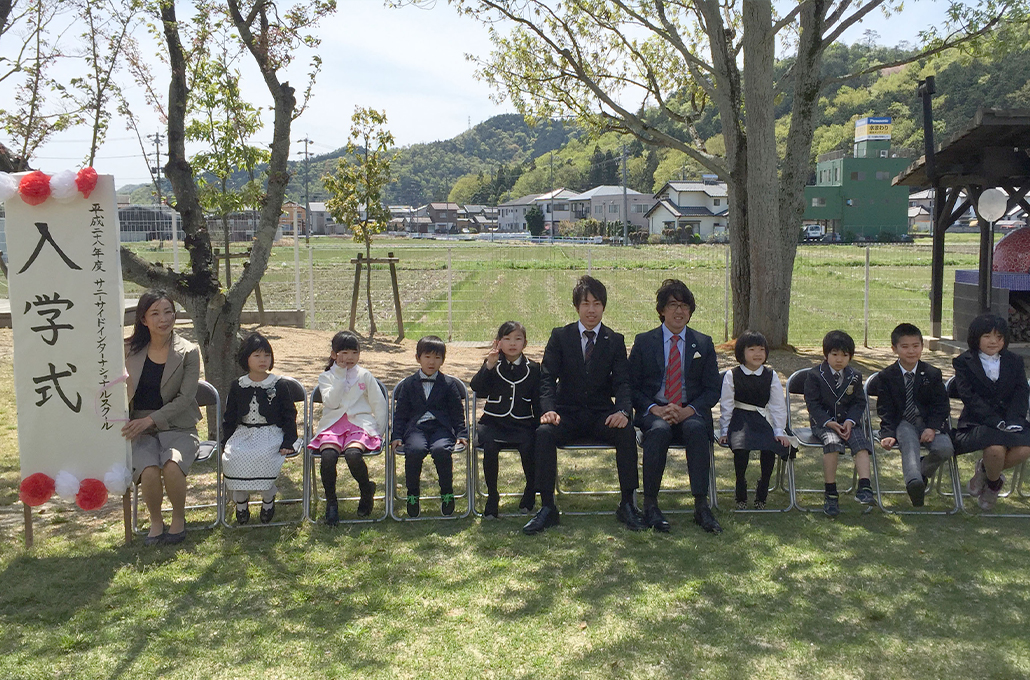
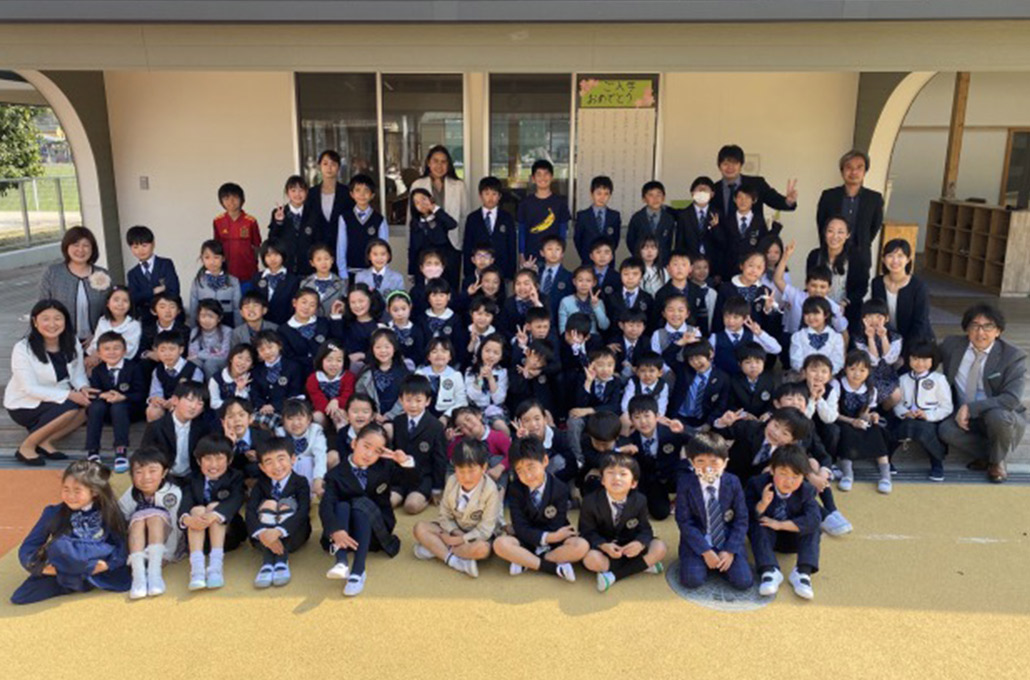



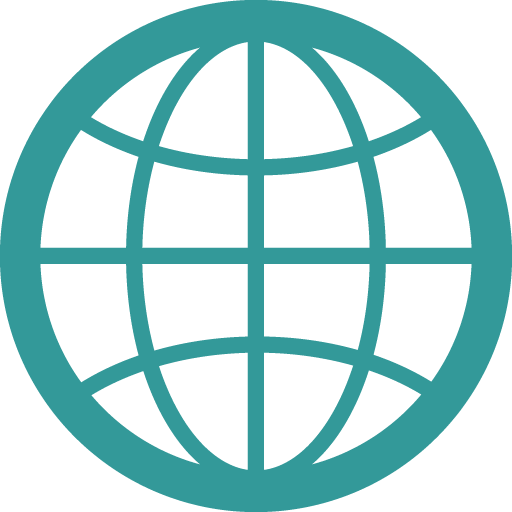 language
language



